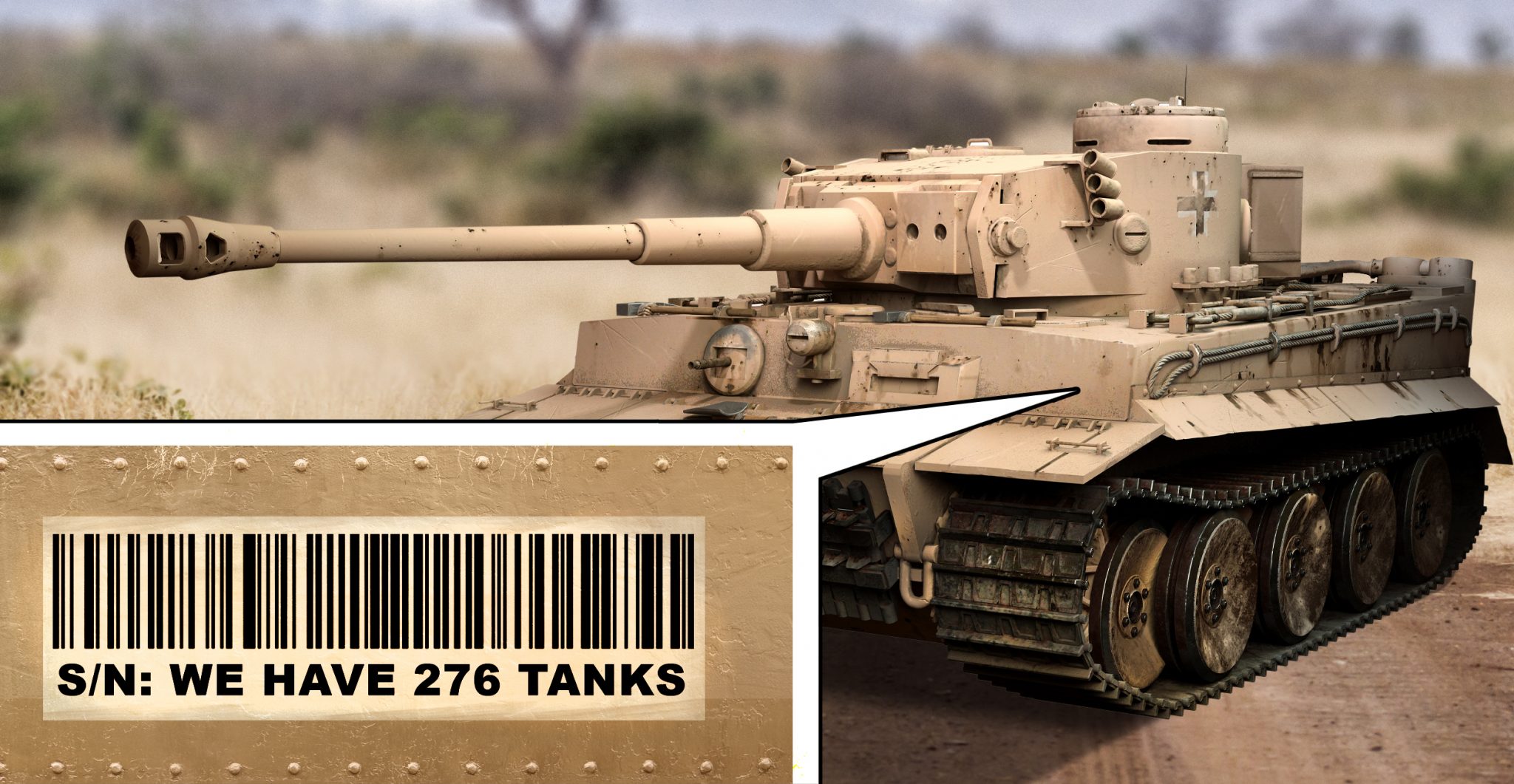The “German tank problem” is a statistical approach which is employed in estimating the total number of existing items from a simple random sample of said item. As its name implies, the German tank problem was developed during the Second World War.
In a conflict that spanned six years, the Allies made concerted attempts at confirming the extent of production going on in German territories. The reason for these efforts is fairly obvious.
To achieve this, two major techniques were involved. One was conventional intelligence gathering, and the other was a statistical estimation.
By conventional intelligence gathering, the Western Allies tried to ascertain the number of tanks produced by Germans through pieces of information gathered through espionage, interrogation, interception of encoded messages, tip-offs, and so on.
Statistical estimation involved the use of statistical techniques to estimate the rate of German tank production.
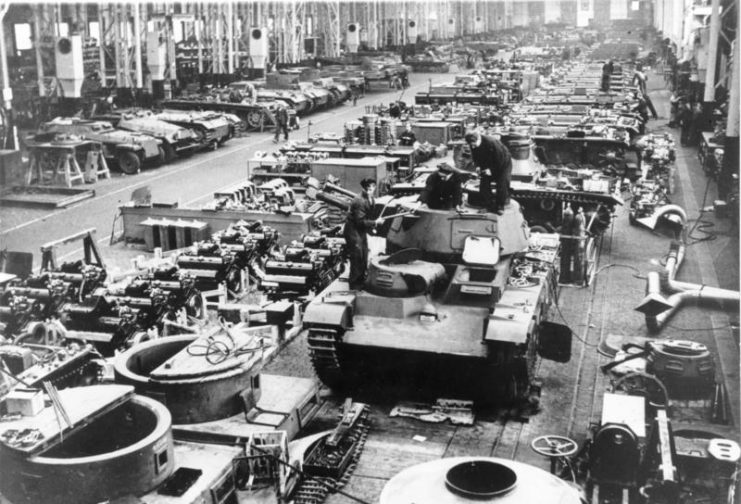
The statistical estimation method proved to be more effective as it produced results which were far closer to the actual figures.
One such instance was during an estimation of the rate of tank production from June 1940 to September 1942. Through conventional intelligence, it was reported that the German factories were rolling out about 1,400 tanks per month.
On the other hand, statistical estimation suggested that the rate of production was about 256 tanks per month.
With a difference of about 1,144 tanks, these were widely contrasting results.
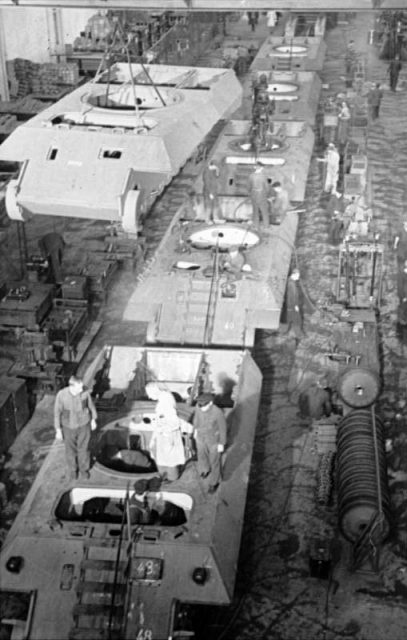
However, after the war, investigations were made, and production records from the ministry of Albert Speer confirmed that the actual rate of tank production was 256.
This proved that statistical estimation was far more accurate and efficient than the conventional intelligence gathering technique.
So, how was the statistical estimation employed?
The method involved the use of serial numbers gotten from captured tanks. During production, it is usual practice to attach serial numbers to each output. This procedure allows the manufacturers to keep track of their production levels easily.
This practice was heavily exploited by the Allies during WWII.
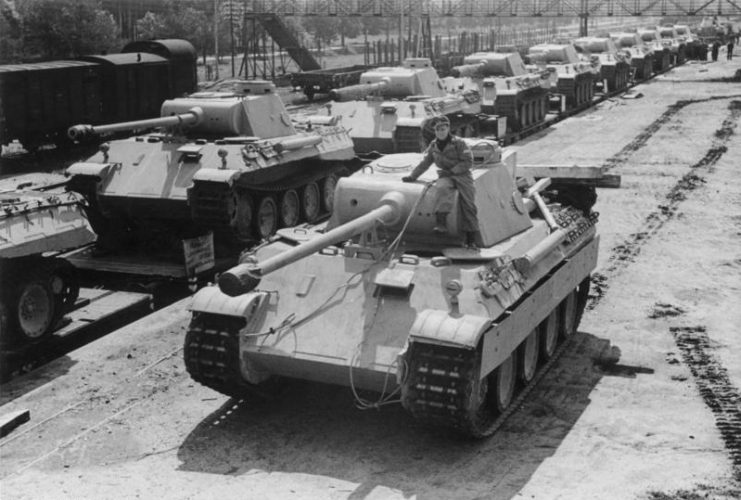
German tank factories assigned serial numbers to components such as the chassis, engines, wheels, and gearboxes of manufactured tanks. And during the war, some of these tanks were captured.
The birth of the German tank problem slowly began.
One very spectacular event that led to the coining of the term “German tank problem” came just prior to D-Day. During this time, both conventional intelligence and statistical techniques were employed.
As the Western Allies made preparations for the largest seaborne invasion ever known, there was a need to determine how many tanks the Allies might encounter during the assault.
One particular tank that was focussed on was the Panzer V tank. With its virtually impervious frontal armor and its high-velocity 75 mm gun, the Panzer V tank, also known as “Panther,” had established itself as one of the best tanks in the war.
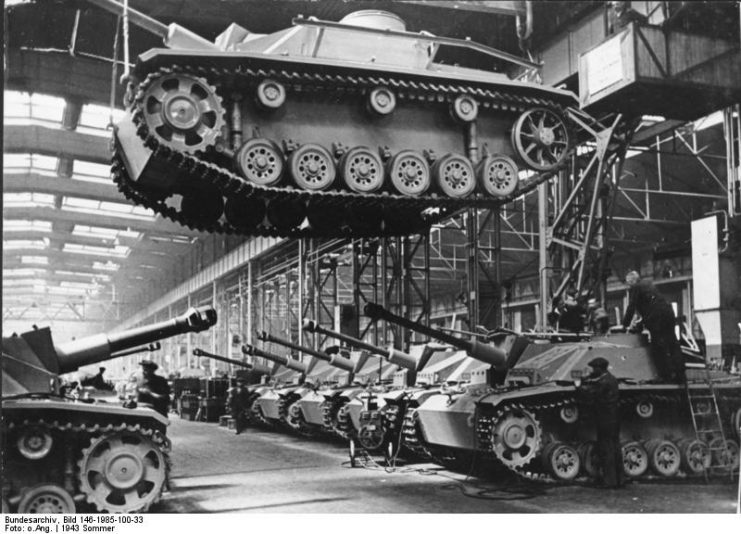
The Allies had thought that the Panther tanks encountered in Italy would only be in Northern France in relatively small numbers. As such, they believed that the M4 Sherman tanks would, as usual, perform satisfactorily in the soon-to-be-invaded territory.
The M4 tanks had always performed well against the Panzer IIIs and IVs, and were set to continue this streak.
However, just before D-Day, intelligence reports claimed that the Allies were going to be meeting a large number of Panzer Vs.
To determine the accuracy of these claims, the Allies set out to estimate the number of Panzer Vs being produced by Germany. To achieve this, they compared a bunch of serial numbers found on tanks which had been either captured or destroyed.
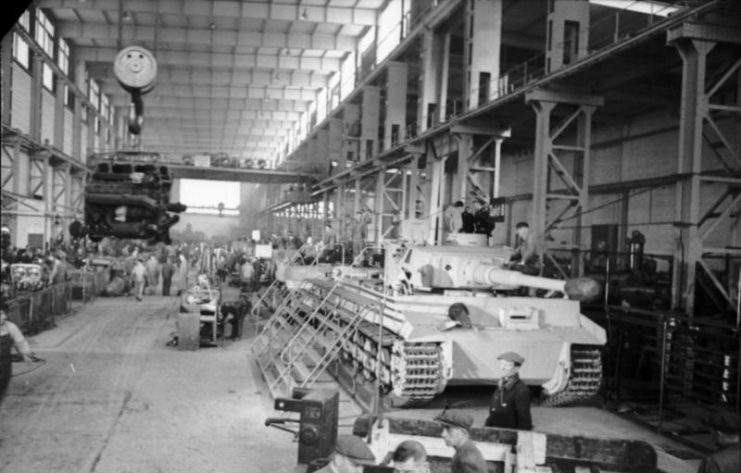
The most easily relatable set of serial numbers were found on the gearboxes. The serial numbers on the wheels, engines, and chassis were also analyzed.
At the end of all analysis and cross-referencing, the calculated estimates suggested the presence of 270 tanks in February 1944.
After the war, it was confirmed from German records that the production for February 1944 was actually 276.
The statistical method was thus proven to be highly effective. Owing to the situation surrounding its initial usage, the term “German tank problem” was coined.
The use of serial numbers was also employed in other ways. These included a general understanding of how German production worked, the number of factories owned, the order of importance of these factories, and levels of output with respect to each factory.
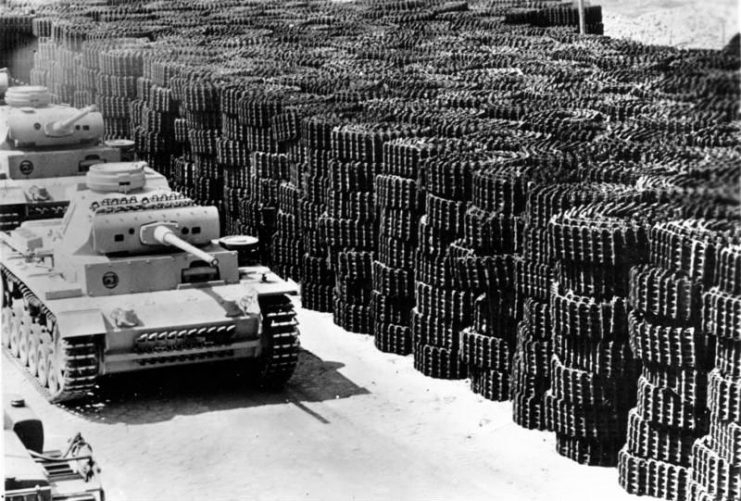
The German tank problem was also implemented for other military equipment in WWII. It was, most notably, used to derive statistical information about the German-made V-2 rocket.
In recent times, the German tank problem is used in Advanced Placement (AP) statistics, in teaching about estimators.
In 2008, a report in The Guardian estimated that over 9.1 million I-phones had been sold by October. This estimate was generated by a crisp application of the German tank problem.
